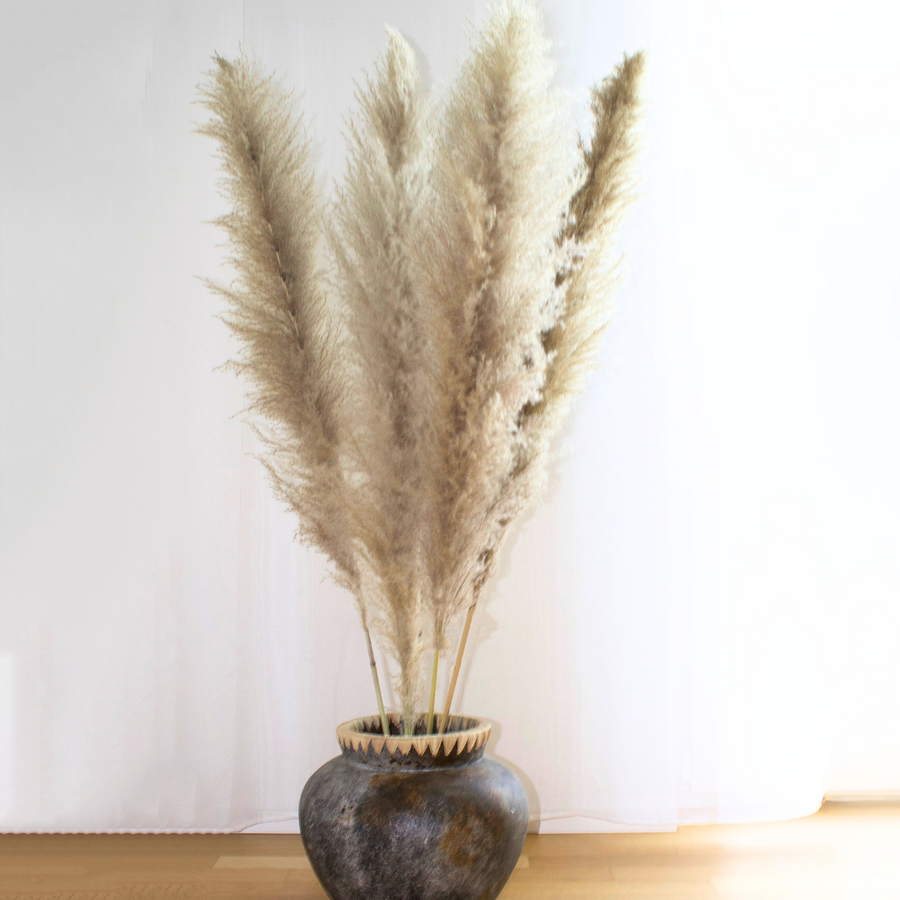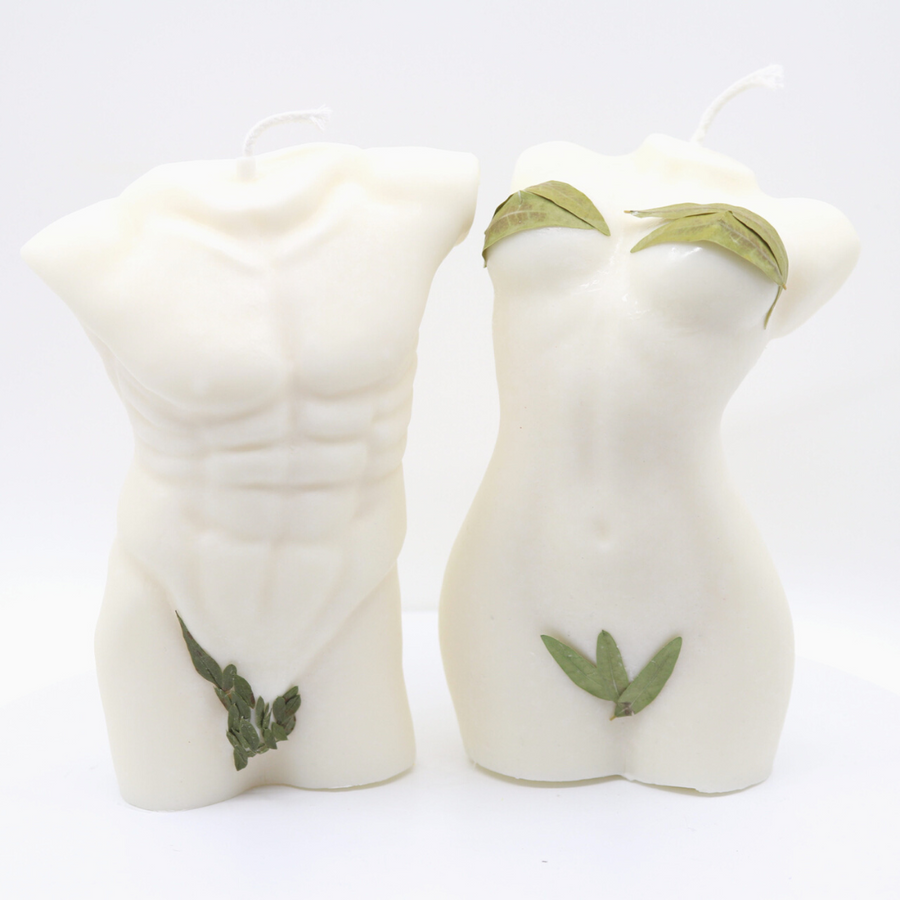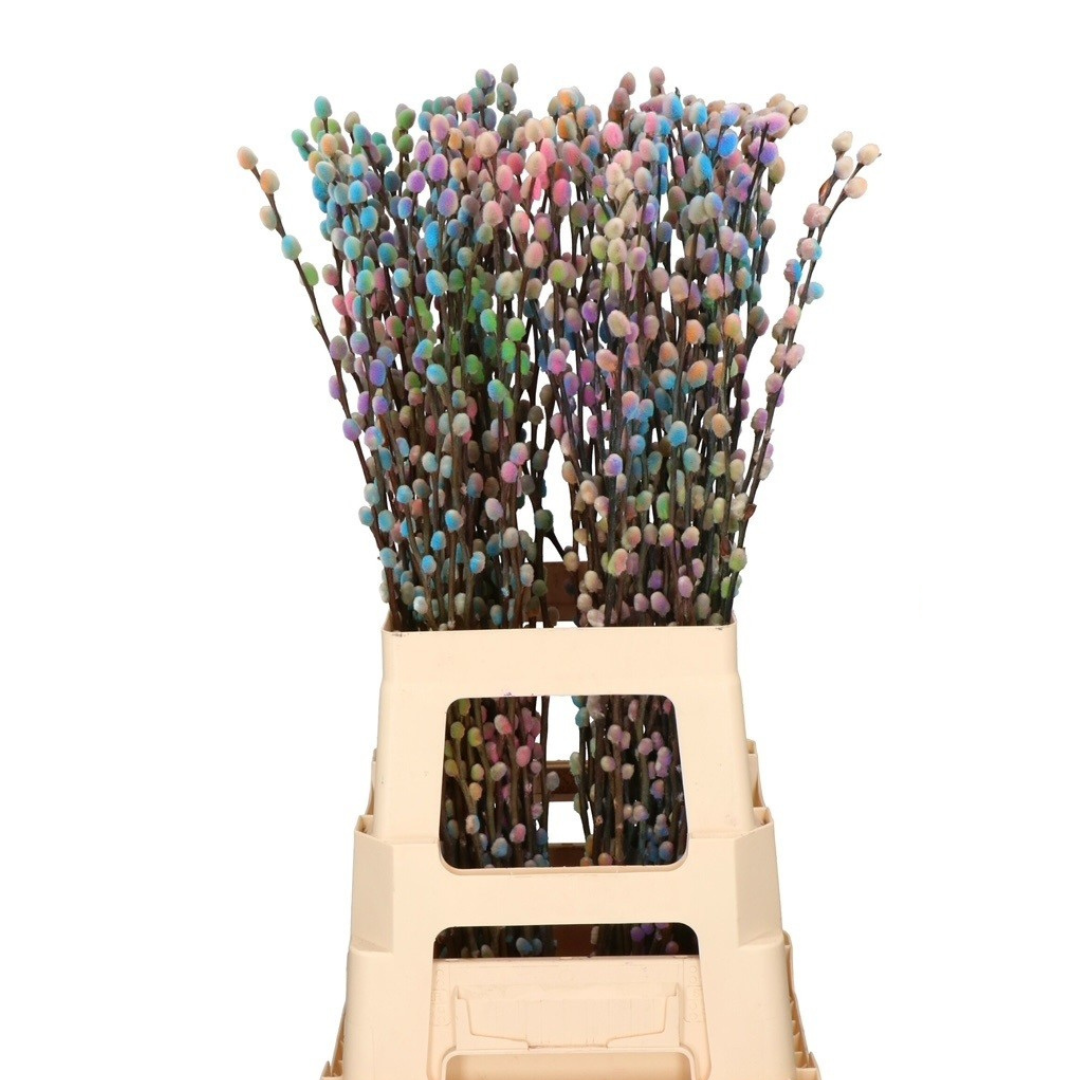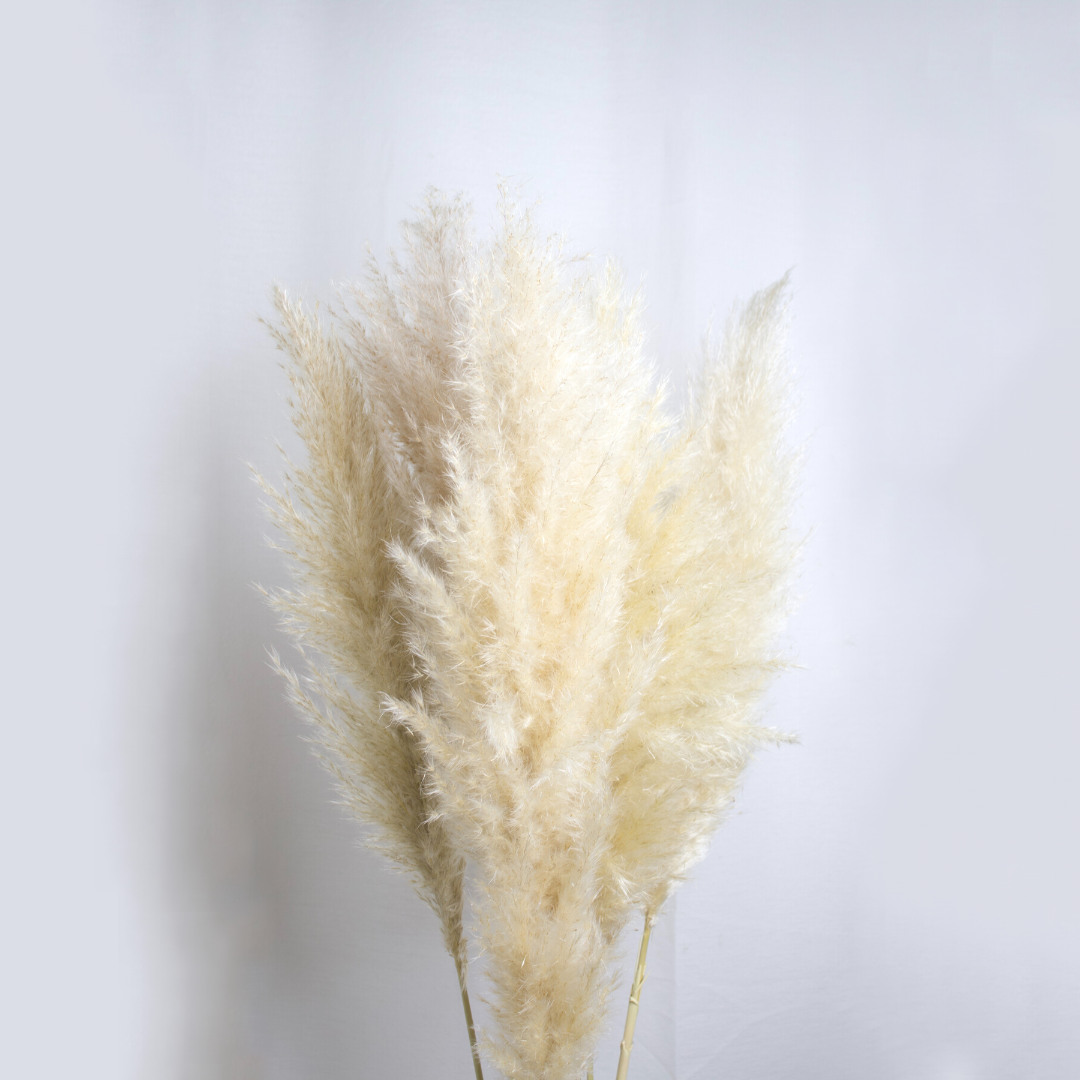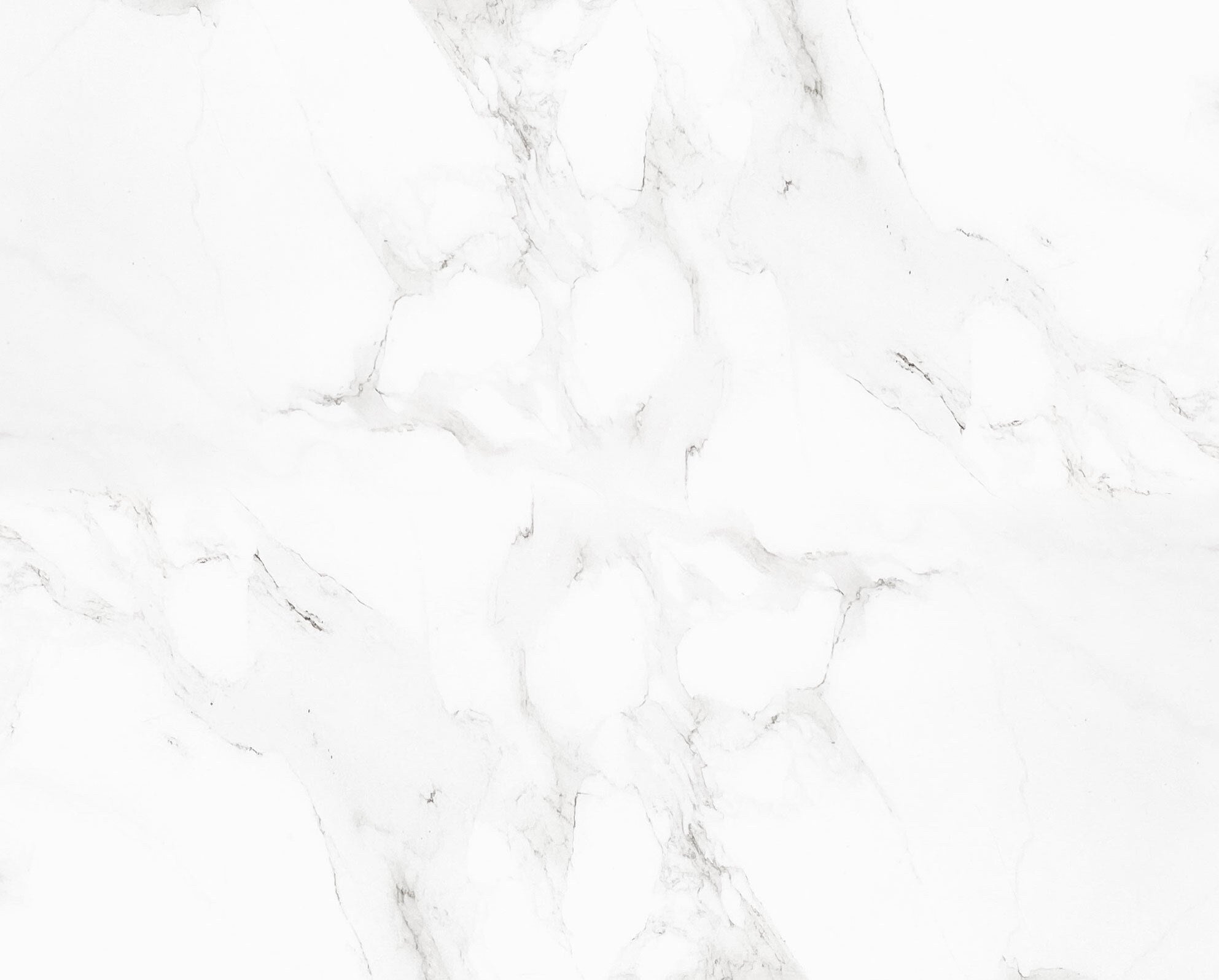Pampas Grass: The History and Origin

Pampas grass is a beautiful and versatile decoration that can be found in many apartments and houses. But where does this elegant plant come from and how does it become a decorative piece?
The Latin name for pampas grass
Pampas grass is also known by its Latin name Cortaderia selloana. The name Cortaderia comes from the Spanish term "cortadera", which means "cutting knife" and refers to the plant's sharp leaves. Selloana refers to the Argentine botanist Eduardo Sello, who discovered the plant in the 19th century.
The origin of pampas grass
Pampas grass is originally from South America and is native to the Pampas region, which extends across parts of Argentina, Uruguay and Brazil. The plant grows there in the open grasslands and can grow up to 3 meters high.
The distribution of pampas grass
In the 19th century, pampas grass was brought to Europe by European immigrants and has since spread to other parts of the world. The plant is now particularly widespread in the USA and Australia.
Pampas grass as a dried flower

Why pampas grass is so popular as a decoration
Pampas grass has become a popular decorative element in recent years. The dried inflorescences of the plant are particularly popular as they create a natural and rustic atmosphere. They can be purchased in different sizes and colors and are suitable for a variety of decoration ideas.
How to Dry Pampas Grass
To dry pampas grass, you have to cut the plant when the inflorescences have not yet fully bloomed. Then you should hang them upside down in a dry place and wait a few weeks until they are completely dry. Alternatively, you can dry the plant in the oven at a low temperature.


